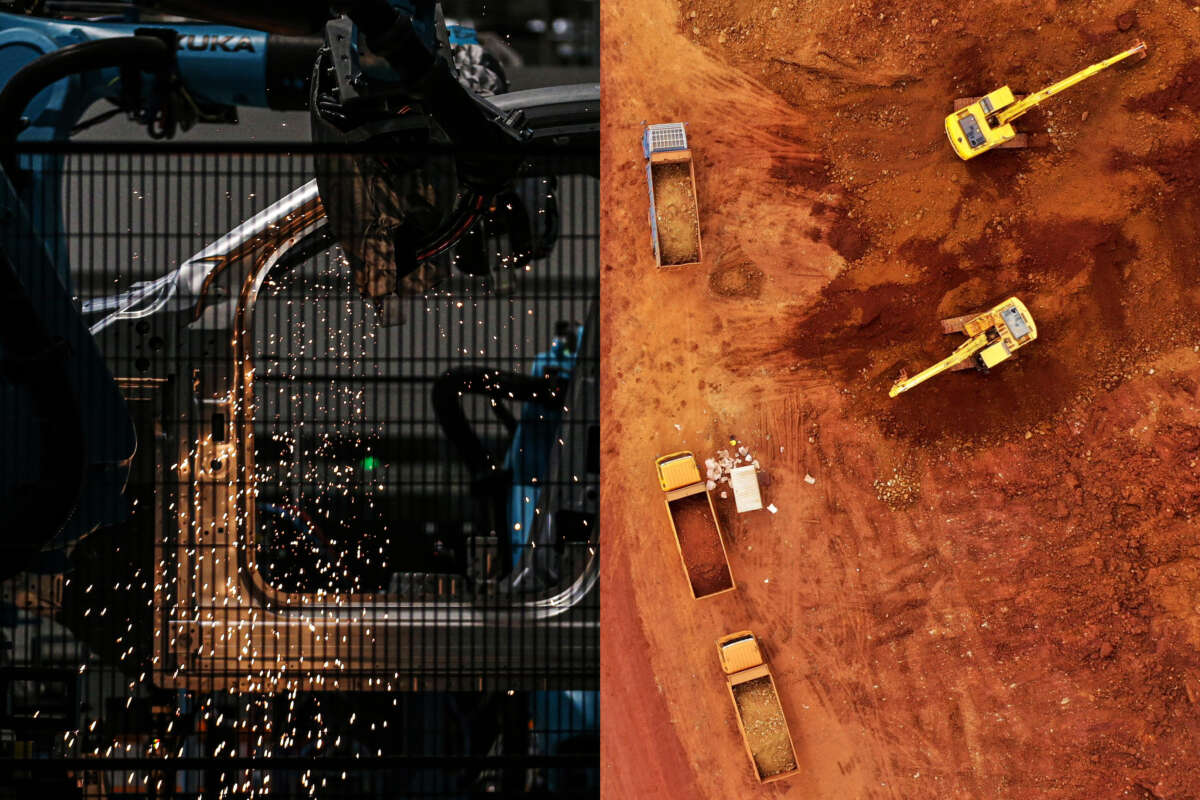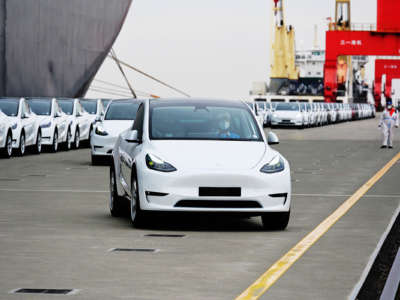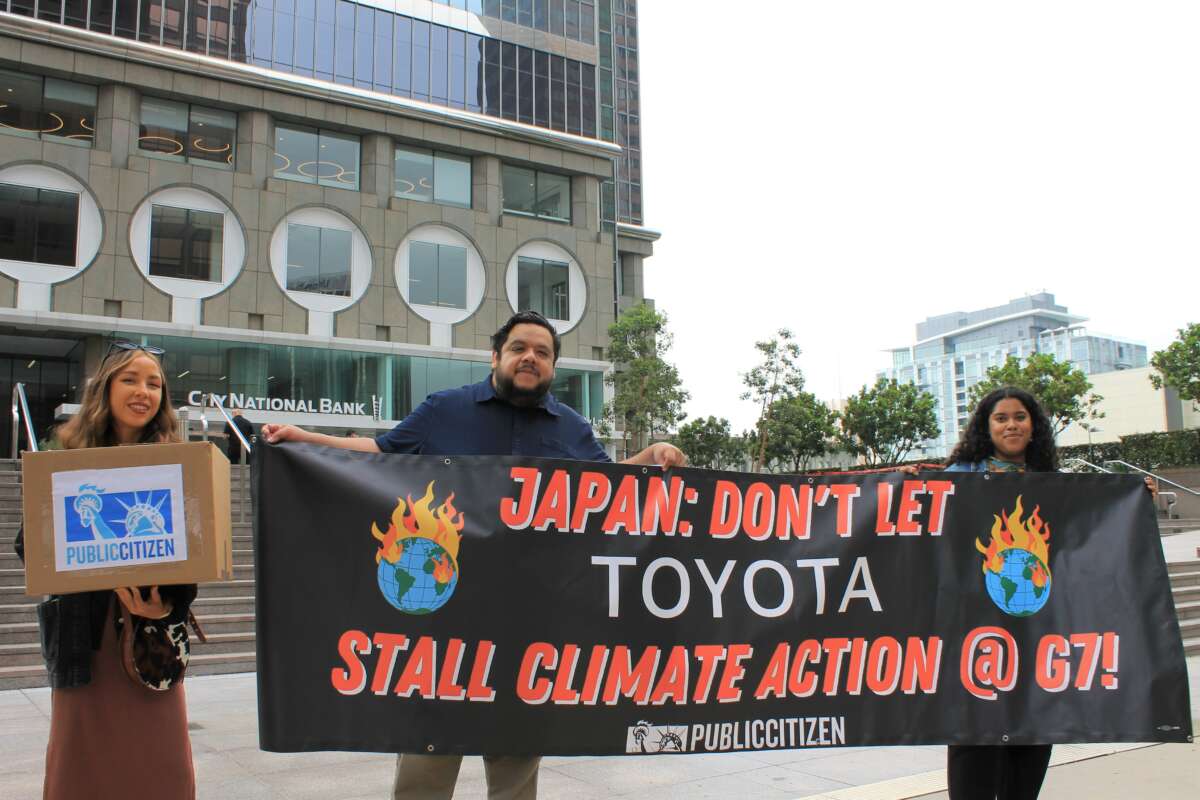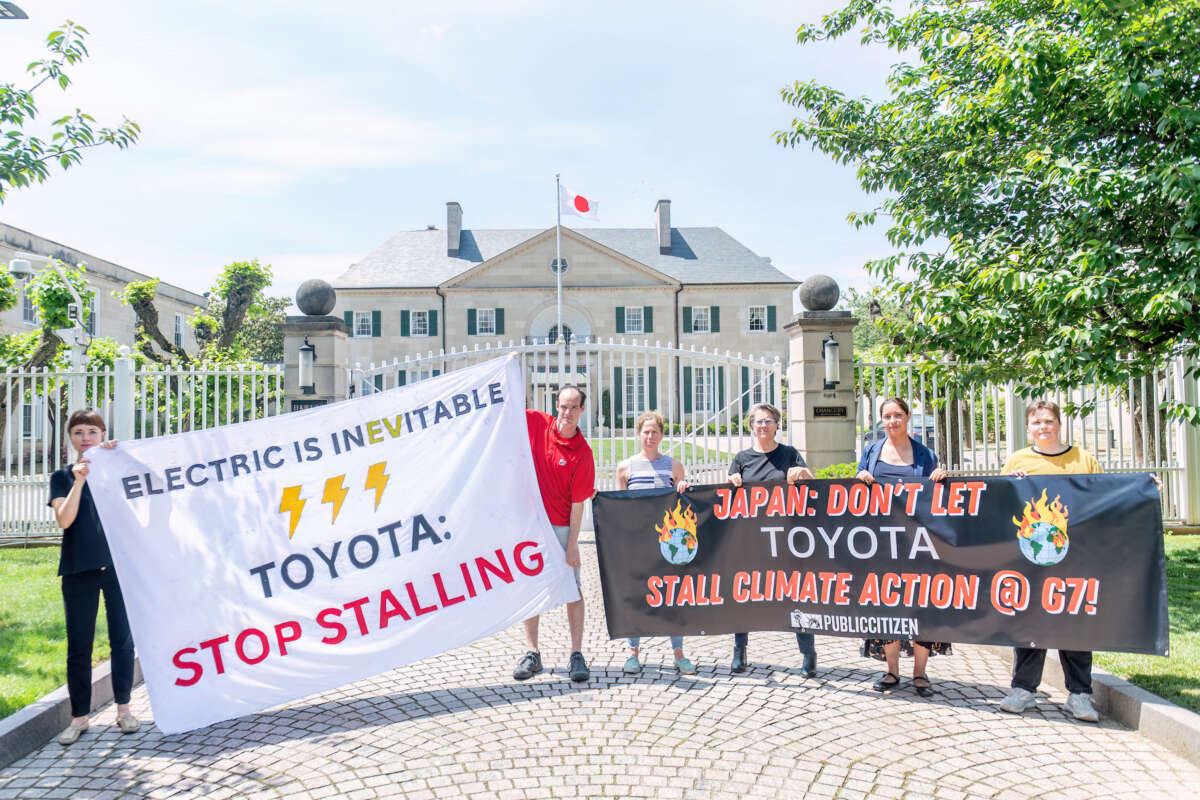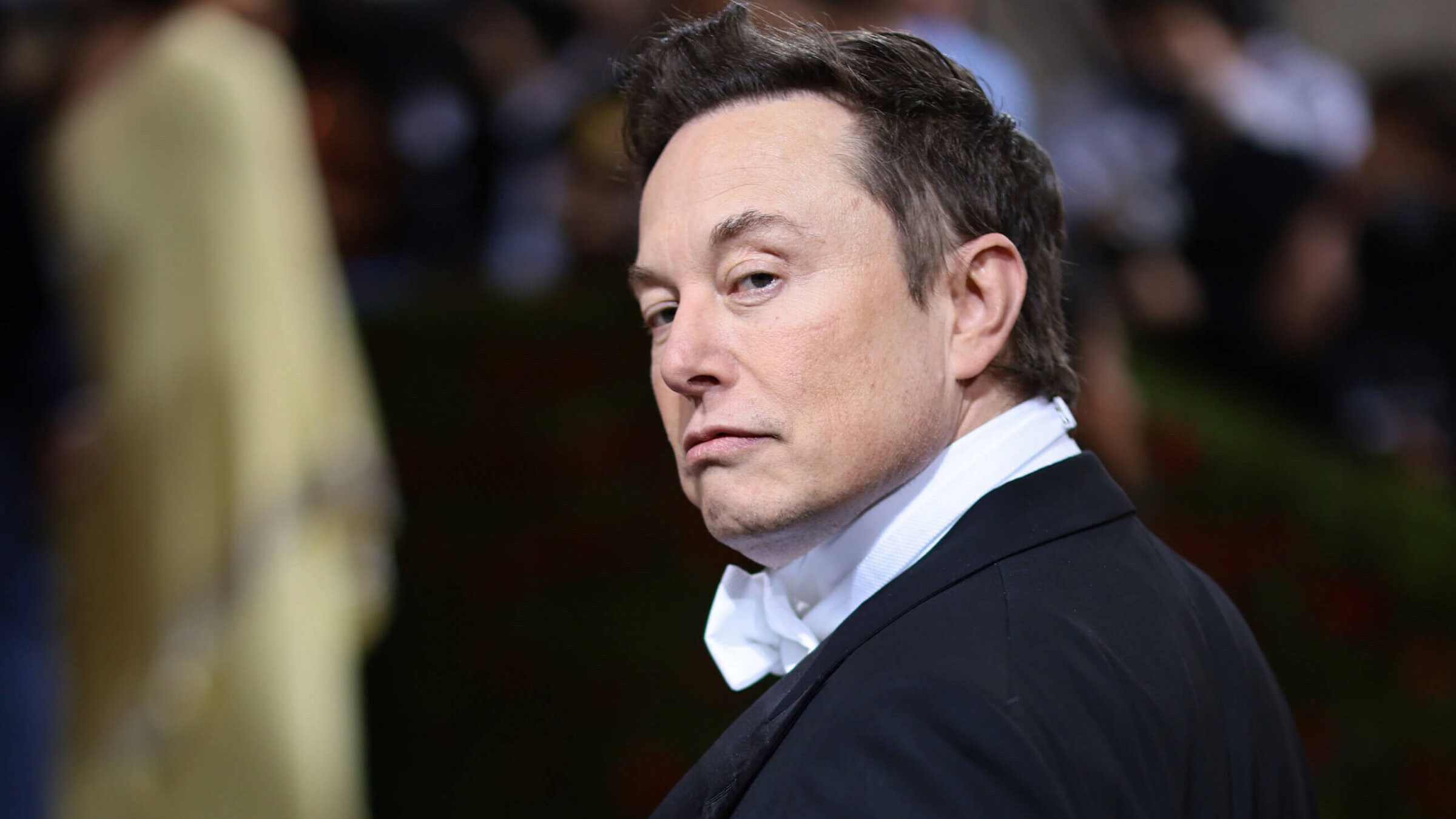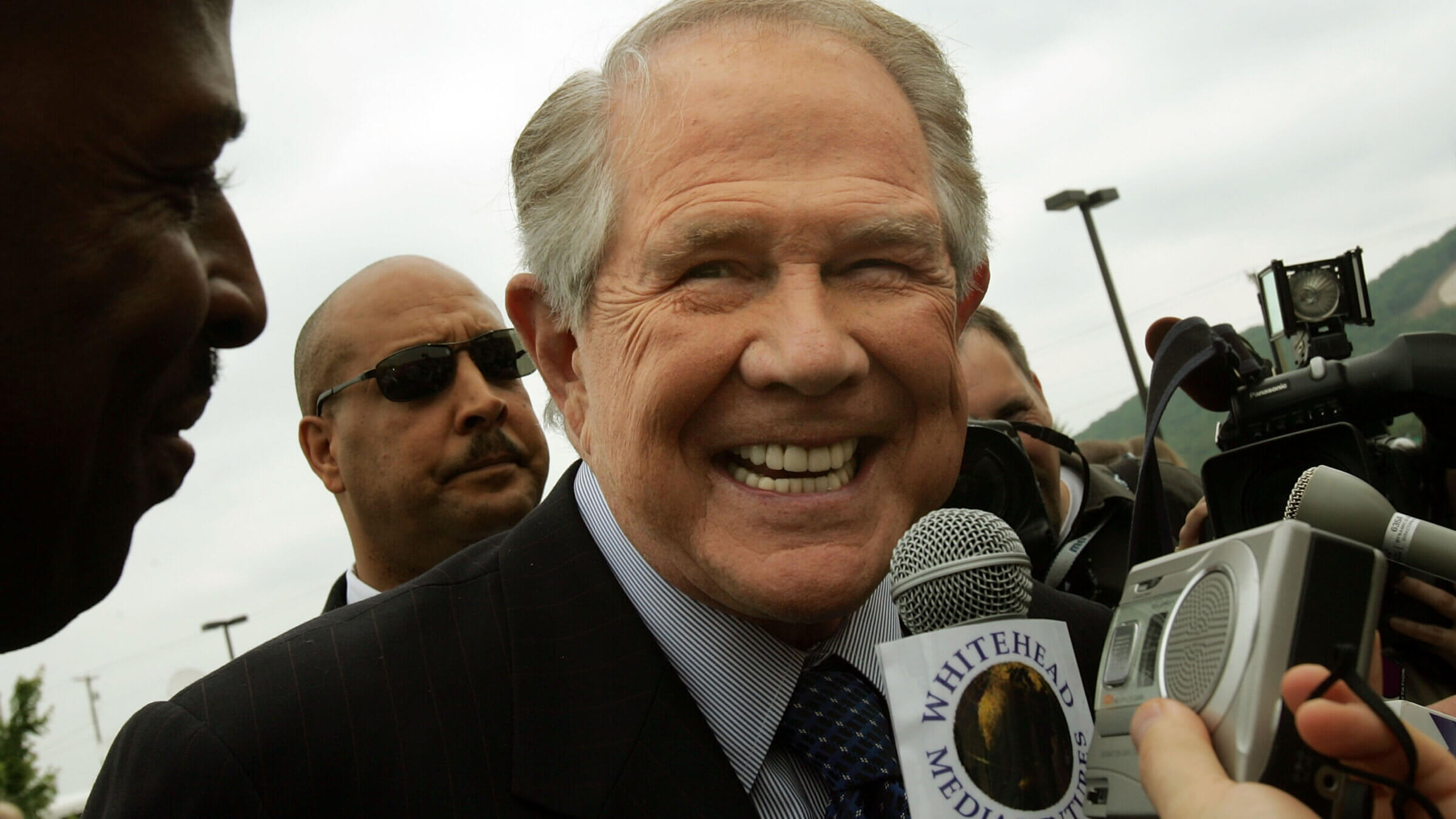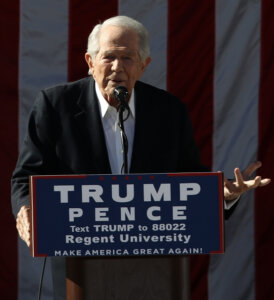Rahul Gandhi embarks on truck journey in US, engages in candid conversation with driver
Rahul Gandhi during his ride remarked that the truck drivers in India were struggling to make ends meet, whereas their American counterparts were receiving decent wages.
Congress leader, Rahul Gandhi, during his recent visit to the United States, took a truck ride with driver Taljinder Singh Vicky Gill from Washington to New York.
The two engaged in a candid conversation where the congress leader enquired about the challenges the Indian-origin truck drivers faced in the United States. They further discussed similarities, differences in the working conditions of both India and America.
Gandhi had earlier shared the experience of a similar ride from Delhi to Chandigarh where he spoke to the truck drivers to understand the problems that they were facing.
Gandhi further put out the video of his 190 km ride on his official YouTube handle
“Continuing on my journey to listen to a variety of voices, I recently went on a 190 km ‘American Truck Yatra’ from Washington DC to New York. Much like my Truck Yatra from Delhi to Chandigarh here in India, I enjoyed a candid heart-to-heart conversation- this time centred around the everyday lives of Indian-origin Truck drivers in America,” he wrote in the video’s description.
“Was happy to find out that our brothers in America earn fair wages, and work in a system that is focused on the ‘Driver’s comfort’. The hardworking Truck drivers’ community in India deserves a life of dignity too, and an inclusive vision that takes them forward is bound to have a positive cascading effect on the economy of our entire country,” he further added.
During their ride, Gandhi noted that the trucks in the United States were designed as per the needs and comfort of the driver, something that according to him was not being taken care of in the Indian vehicles.
The Congress leader also remarked that the truck drivers in India were struggling to make ends meet, whereas their American counterparts were receiving decent wages.
“Trucks in India have nothing to do with the comfort of drivers and in comparison, with India, safety in the US roads are much better,” Gandhi said.
“As compared to India we earn a lot and drivers here earn anywhere between $8-10k (Rs. 8-10 lakhs) every month. There is a lot of work here and people who don’t have an opportunity to study or invest in a business they can opt to be a truck driver in the US. We are happy with our families in the US as truck drivers which is difficult to comprehend in India,” the driver, Taljinder Singh, replied to Rahul Gandhi.
The Congress party released a statement saying that there were a lot of lessons that could be drawn from the American industry and incorporated in India.
"There are a lot of lessons we can draw from the American truck industry to plan a new vision for the truck industry here in India. Indian truck drivers are the lifeline of our logistics and deserve a life of dignity too," the statement said.
(With inputs from agencies)
Prime Minister Modi is visiting the US from June 21-24 at the invitation of US President Joe Biden and First Lady Jill Biden. They will host Modi at a state dinner on June 22. The visit also includes an address to the Joint Session of the Congress on June 22.
Washington | June 15, 2023
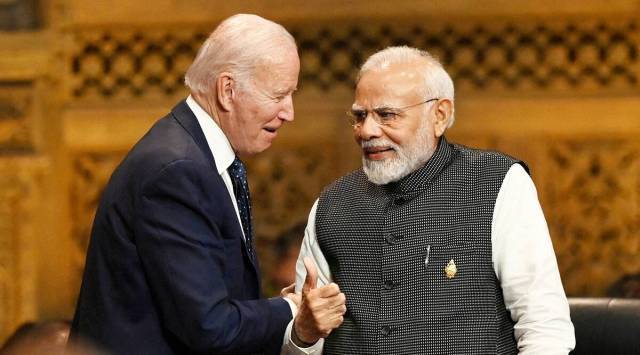
“The topic is going to be the role of the diaspora in the growth story of India. We want to see what we can do as a diaspora to help India and the people of India come up to the new place in the world,” , Chicago based Dr Bharat Barai said . ( Photo : File)
Prime Minister Narendra Modi will speak on the role of the diaspora in India’s development during his address to Indian Americans here next week, according to a community leader in charge of hosting the event.
Prime Minister Modi is visiting the US from June 21-24 at the invitation of US President Joe Biden and First Lady Jill Biden. They will host Modi at a state dinner on June 22. The visit also includes an address to the Joint Session of the Congress on June 22.
Also Read | Through PM Modi’s visit, US looks to convey India-US relationship is of ‘positive strategic consequence’
Chicago-based Dr Bharat Barai, who was at the Ronald Reagan Building venue in Washington DC on Wednesday to give final shape to the next week’s event, said that it is a sold-out event, with registration completed for all 838 seats.
“As far as the registrations are concerned, they are closed for the host committee as well as other people. We had an extraordinary response, all by word of mouth because we had only 838 seats. So there was no time and there was no capacity if we advertised outside,” Barai told PTI.
“We used the database that we had from the previous public meetings of Prime Minister Narendra Modi, and even before we could contact the people, they contacted us and it’s all filled up,” he said.
Modi will address an invitation-only gathering of diaspora leaders from across the country at the Ronald Reagan Building and International Trade Center in Washington on June 23.
“The topic is going to be the role of the diaspora in the growth story of India. We want to see what we can do as a diaspora to help India and the people of India come up to the new place in the world,” Barai said.
Noting that the event will have very few cultural elements, he said the organisers want to make it primarily an engagement between the diaspora and the prime minister.
“The diaspora is very much excited about having such a visionary and working person who has propelled India to the fifth largest economy in the world. Not only that, he has elevated India’s reputation,” he said.
Amitabh Mittal from Chicago thanked US President Joe Biden for inviting Modi on an official state visit.
“He is the man of the action. He has transformed India. India has been waiting for someone like him to come and take charge,” Mittal said.
Mittal hoped the prime minister would make an announcement on the Hindu Heritage Month in October.
“We have received his letter twice already in the last two years. But since he’s here on the ground, I would love for him to mention that October is celebrated as the Hindu Heritage Month.
“Not only in America, but Canada, Australia, New Zealand and six other countries have joined in, and we have 30 proclamations already,” Mittal said.

